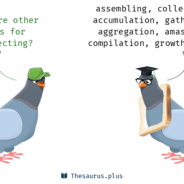All the Pieces Laid Out on the Table: An Image for Writing and Healing
A couple of years ago now, a woman in one of my writing workshops at Cancer Services, Rosetta, a breast cancer survivor, was writing about healing place. One of the things she ended up writing about was trying to find a place where it might become possible to put all of her questions out on the table. Questions like: What now? What next? Where do I go from here? I like her table image. I can see it. And her image seems to me now a fitting image for writing and healing this month: all of the pieces laid out on the table. Pieces perhaps of your own story. Pieces of your own writing. Some of the pieces may be jagged. Some may be worn by the elements, like sea glass. And perhaps a pattern has begun to emerge out of the fragments—a clear shape—a lovely mosaic. But who knows? It may have fallen apart again. As far as I can tell, that’s the way it goes with forms and patterns—they come together and fall apart. Say you wake up one morning then—you make your way to the table–there’s a clear slanted light. Or maybe it’s late, the rest of the world gone to sleep, the room quiet, there’s just the one lamp. Maybe you find yourself touching the pieces. And maybe as you are touching them, and maybe only for a moment, it becomes possible to ask the next question. Among all these pieces— What was the good part? What is the good part? (Is there a good part?) (Is there more than one?) [Note: The picture for this month was taken last August when the black-eyed susans were blooming in my yard. It seems to me that one of the good parts of January, when the garden may be a bit brown and sodden—it’s very sodden here now after several days of rain—one of the good parts is remembering those perennials that may be lying dormant, waiting for the right time to break the...
read more
